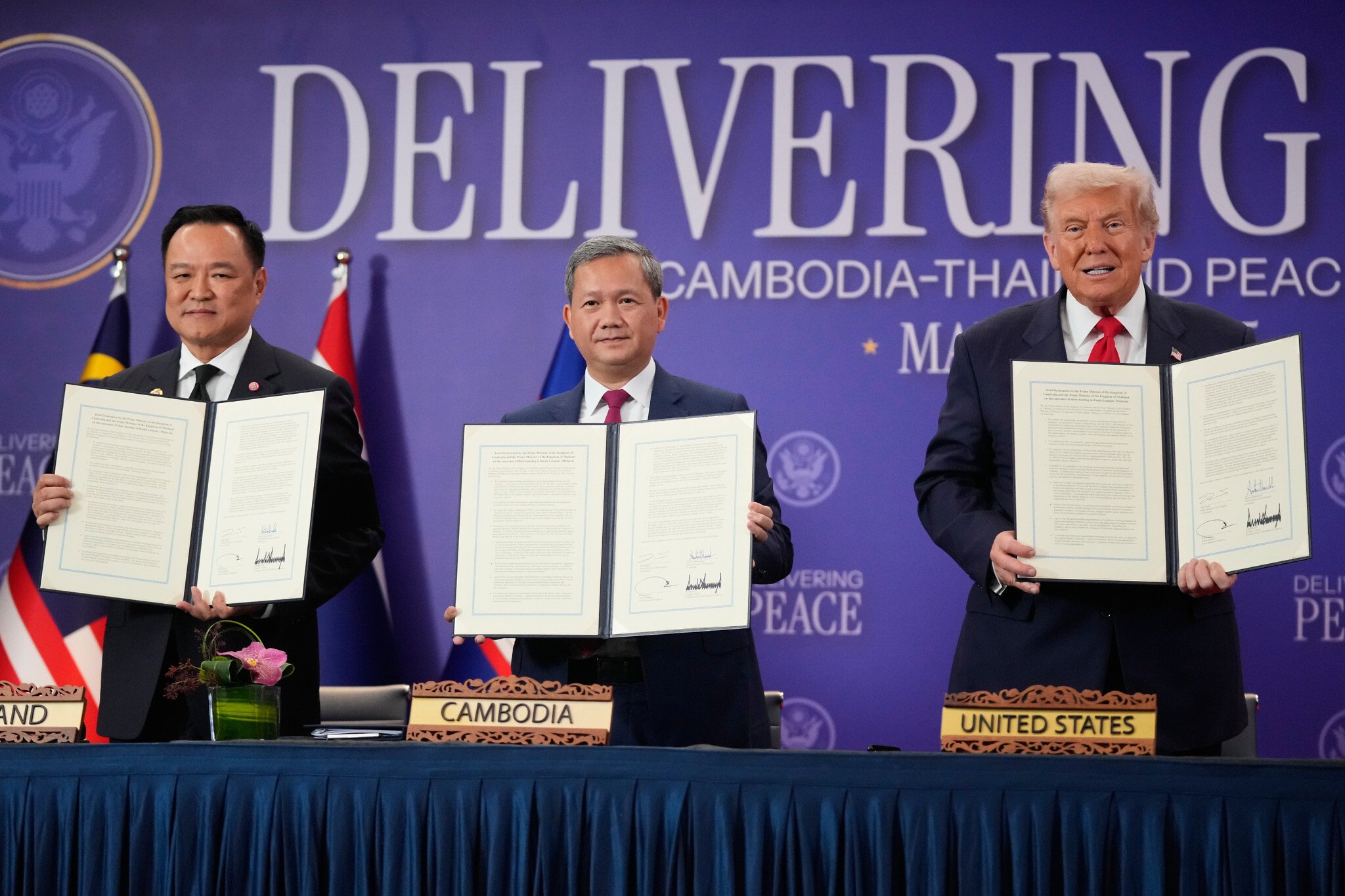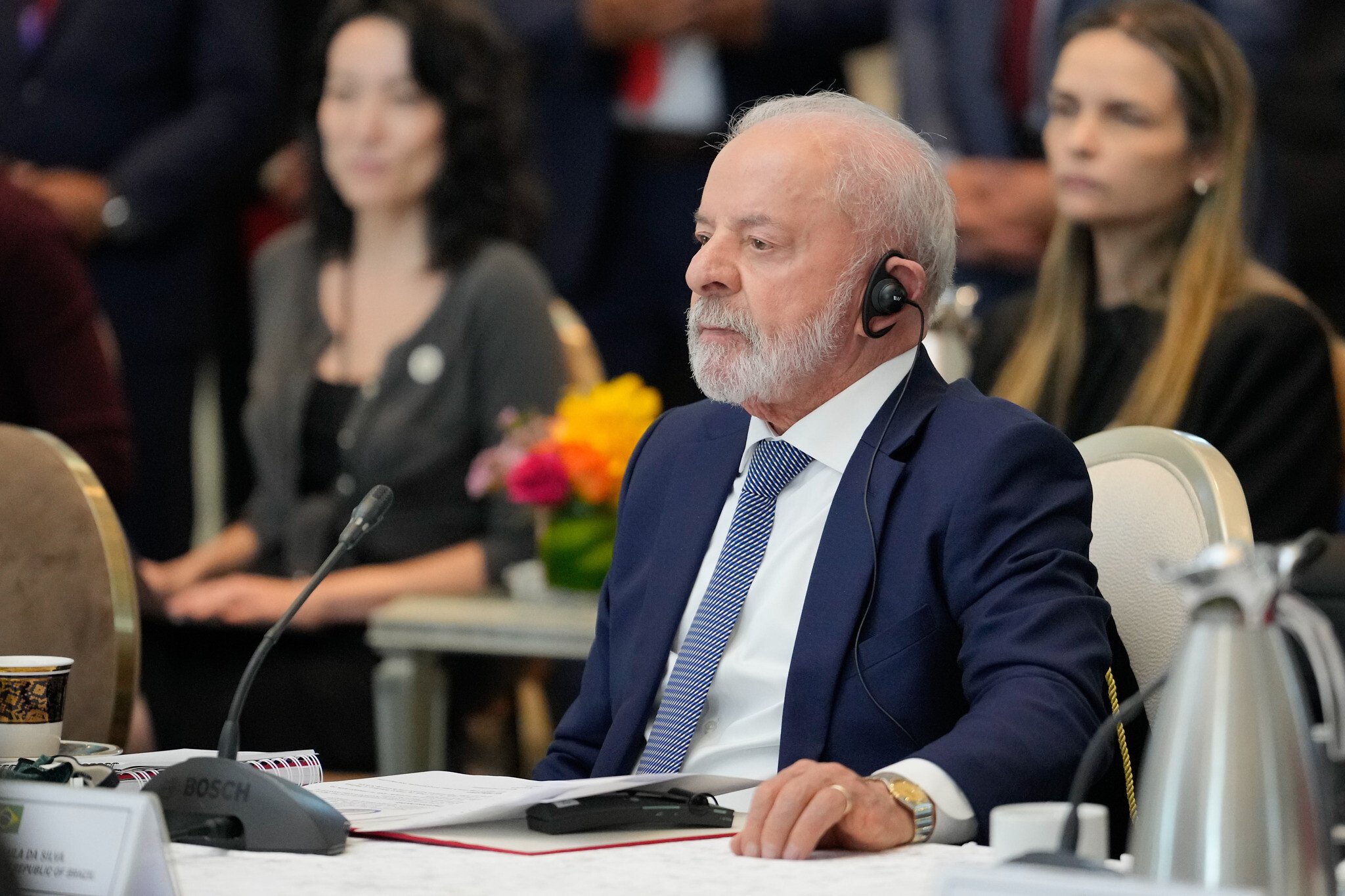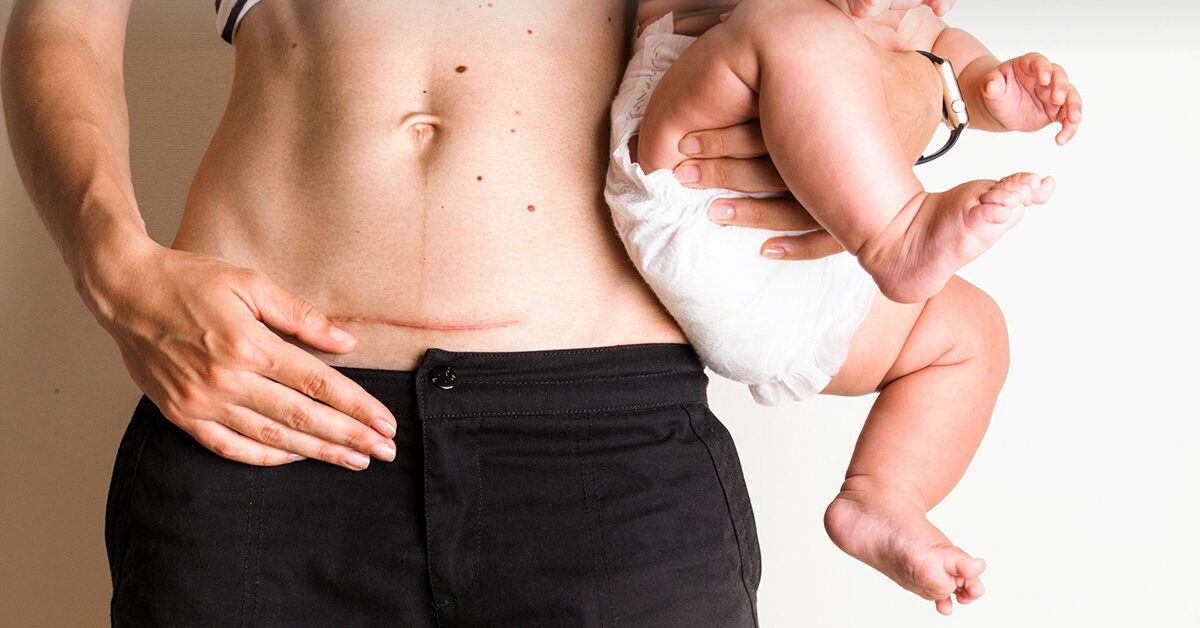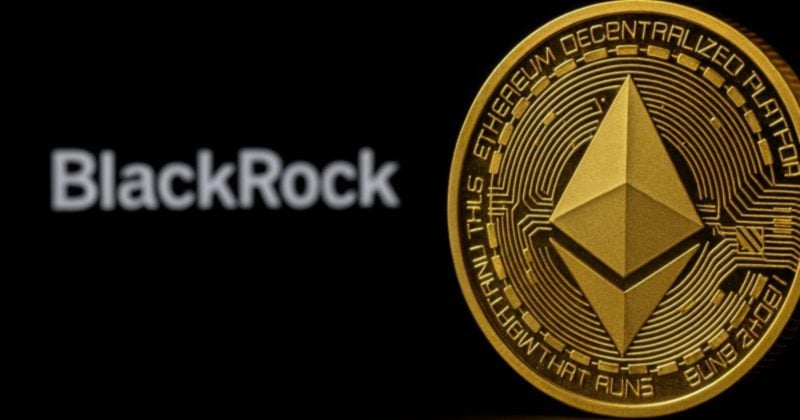As I prepare to begin training Gaza’s doctors and mental health professionals in a World Health Organization initiative that aims to bridge the gap between mental health needs and available resources, I can’t help but ask: can the Palestinian enclave be healed?
Our goal is to strengthen Gaza’s shattered medical system by integrating mental health into primary care, and by empowering non-specialists to recognise and respond to psychological distress.
A ceasefire has been imposed after two years of Israel’s genocide. Gaza remains a land gasping for breath, its skyline broken, its soil layered with grief.
Around $70bn is reportedly needed to rebuild the hospitals, homes, schools and other infrastructure crushed by repeated bombardments. But no economist can measure the invisible destruction: the psychological and moral disintegration of a society that has been dehumanised and starved of hope.
Is Gaza treatable? The question itself demands humility. A psychiatrist might see trauma; a humanitarian might see displacement; an architect might see rubble. But Gaza’s wounds are all of these and more.
New MEE newsletter: Jerusalem Dispatch
Sign up to get the latest insights and analysis on
Israel-Palestine, alongside Turkey Unpacked and other MEE newsletters
Gaza City has been turned into a single, massive wound. Its healing cannot be confined to the health sector, nor can it be achieved through sterile “recovery plans” or “psychosocial interventions”.
What Gaza needs is a healing process that is both material and moral – one that calls for a radical reordering of conscience, not merely reconstruction contracts.
Profound losses
Around 90 percent of Gaza’s housing stock has been damaged or destroyed. Hospitals and clinics have been deliberately targeted. Roads, water networks, universities, archives, mosques and cemeteries have been flattened.
But these figures cannot capture the most profound losses: the faces of children missing from classrooms, the hands that once built and now tremble, the mothers terrified to bring new life into a world that kills its infants.
The real devastation lies in the erosion of trust, the corrosion of dignity and the normalisation of the unbearable. What can help a mother from Rafah who prepares a plate for her slain child every day?
Follow Middle East Eye’s live coverage of the Israel-Palestine war
Even after the ceasefire, Gaza’s psychological wounds and trauma are renewed every day by siege, deprivation and humiliation. To speak of “mental health support” in isolation from justice is to treat symptoms while ignoring the cause.
In Gaza, therapy begins with truth.
When humanitarianism is stripped of moral engagement, it becomes another machinery of domination; a kind of anaesthesia that dulls awareness, rather than treating illness. The grotesque example of the so-called Gaza Humanitarian Foundation, luring the hungry with food aid only to ambush them, illustrates this perversion.
Under the guise of assistance, hunger has been weaponised, with “aid” becoming bait. Such acts expose the moral collapse of an international order that has turned relief into another theatre of cruelty.
Trauma in Gaza is not the result of an accident or natural disaster; it is the outcome of deliberate, systematic political violence
Detached from ethics, humanitarian work risks reproducing the same colonial logic that has devastated Gaza for decades, determining who is worthy of life and who is expendable. Aid becomes a tool of control, conditioning survival on submission. It is colonisation through charity.
To help Gaza means to be trauma-informed – and this cannot mean adopting apolitical frameworks imported from western psychology. Trauma in Gaza is not the result of an accident or natural disaster; it is the outcome of deliberate, systematic political violence, executed with impunity and endorsed by global silence.
To be trauma-informed in this context is to name and take a stance towards the party inflicting that trauma, while rejecting the false symmetry between victim and perpetrator. There can be no healing in complicity, confusion and denial. Without confronting the source of harm, humanitarianism becomes another layer of gaslighting.
True trauma-informed care must honour Gaza’s agency and resistance. It must recognise the endurance of families, the underground classrooms, and the art emerging from ruins – not as sentimental “resilience”, but as acts of survival demanding political awareness and solidarity.
Therapy of routine
Even as accountability is pursued, Gaza’s people cannot wait. They need an immediate surge of assistance – not as charity, but as a right.
Food, clean water, shelter and medical care are the first lines of emergency treatment for a population pushed to starvation. Yet relief must go hand-in-hand with restoring the ordinary rhythms of life: reopening schools, reuniting families and bringing health centres back into service.
Establishing routine is a therapeutic act. For a child who has known nothing but war, writing their name again on paper is the beginning of healing. For parents, finding a safe space to nurture and to hope is the revival of humanity itself.
Still, none of this can be sustained without justice. Rebuilding without reckoning is like bandaging a wound that is still being stabbed. The postwar “reconstructions” of Iraq and Afghanistan showed us that when rebuilding is outsourced to those who profit from destruction, domination persists under a different name.
Gaza must not become another laboratory of neoliberal recovery, where the same powers that destroyed it dictate the terms of its rebirth.
History offers a haunting precedent. After the Second World War, the world held the Nuremberg Trials not only to punish, but to heal; not only to judge the perpetrators, but to reaffirm the boundaries of human conscience.
Nuremberg was not merely a legal tribunal. It was a moral process; a recognition that justice has a healing effect. While Nuremberg symbolised the moral awakening of a world horrified by atrocities, the proceedings at the International Court of Justice on Gaza have helped to clarify whether that moral commitment was genuine – or merely reserved for certain victims.
Silence of bystanders
Will Gaza have its Nuremberg? Will there be a tribunal where truth is spoken, responsibility is named, and the dignity of the dead is restored – allowing survivors to begin breathing again?
Until that reckoning, every reconstruction plan and condolence speech remains incomplete. Healing begins with truth-telling; it matures through justice, and it culminates in solidarity. Without this sequence, the world’s “help” risks becoming another instrument of denial.
After World War II, Europe was rebuilt through the Marshall Plan because its people were deemed “civilised”. But when Africa, Asia and Latin America sought similar support, they were subjected to International Monetary Fund austerity and structural adjustment – economic tools of modern colonialism.

Miraculously, therapeutic care for Gaza’s deeply traumatised people is happening
Read More »
Gaza now faces the same risk: being managed, not liberated; rebuilt, yet still captive. The world vowed “never again” after the Holocaust, and reiterated that commitment after Rwanda and Srebrenica – but the same global system that built those memorials now sustains Gaza’s live-streamed annihilation. The silence of bystanders has become part of the crime.
To heal Gaza is to heal the conscience of the world. Every bomb that fell on Gaza was also an assault on international law and our collective morality. Treating Gaza is not the task of doctors alone; it requires educators, architects, artists, engineers – and above all, the global public. Each has a role in calling out impunity, and in mending the torn fabric of human solidarity.
Just as Germany’s postwar reconstruction was inseparable from remembrance and justice, Gaza’s recovery must be intertwined with truth and moral repair. Palestinians need solidarity that is informed, courageous and ethically grounded. They ask the world to reject the language of neutrality, to speak clearly about genocide and settler colonialism, and to dismantle the systems that enable them.
Gaza can be healed, but not by the same hands that wounded her. Gaza can only be healed by those who engage not merely with her suffering, but with her truth.
Treatment requires the restoration of humanity itself – a global awakening that recognises that no aid package can replace accountability. Amid the ruins of Gaza, the question is not whether the Palestinian territory can recover; it is whether the world can recover its moral sight.
The views expressed in this article belong to the author and do not necessarily reflect the editorial policy of Middle East Eye.









